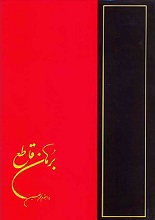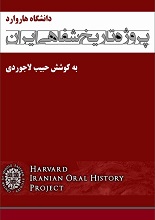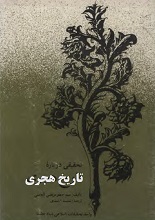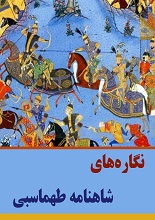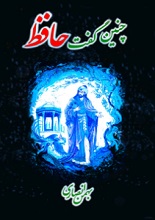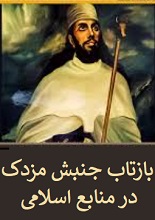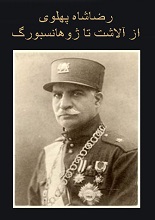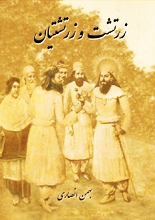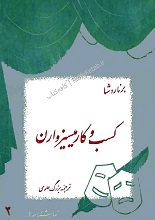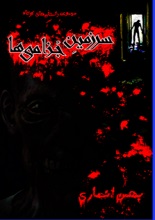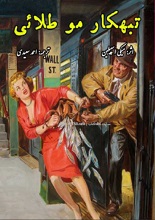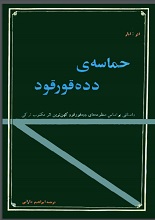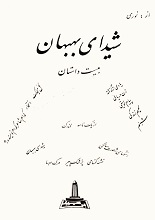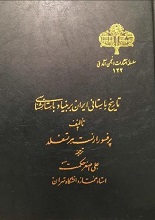Satanic Feminism: Lucifer as the Liberator of Woman in Nineteenth-Century Culture is a provocative and intellectually rich study written by Per Faxneld, a renowned scholar in the field of Western esotericism and gender studies. This monumental work challenges conventional narratives about feminism, religion, and cultural history by exploring how the symbol of Satan was strategically reclaimed and reinterpreted by some nineteenth-century feminists, artists, and writers as a figure of liberation rather than condemnation.
Rather than focusing on Satanism in the popular or religious sense, the book analyzes the ways in which Lucifer functioned as a metaphor—a symbol of rebellion, emancipation, and opposition to patriarchal structures, especially those embedded in Christian theology. From Eve’s symbolic defiance in the Garden of Eden to the subversive reinterpretations of Satan in literature, art, and feminist critique, Faxneld sheds light on a forgotten but significant intellectual movement that dared to question the moral and gender norms of its time.
What is “Satanic Feminism”?
The term Satanic Feminism refers not to devil worship, but to a cultural and symbolic strategy used by feminists and radicals of the 19th century to challenge religiously justified patriarchy. According to Faxneld, the idea of Eve as the first sinner was turned on its head: she was no longer the weak, gullible woman who doomed humanity, but rather the first feminist rebel, whose act of eating the forbidden fruit was seen as a courageous rejection of divine tyranny.
In this reimagining, Lucifer—traditionally seen as the ultimate villain—became a liberator figure, one who offers knowledge, freedom, and resistance to oppressive moral codes. This reinterpretation was not unique to one individual or group, but appeared across literature, Theosophy, socialist texts, decadent art, and even early cinema.
Topics Explored in the Book
Faxneld’s research spans a wide range of themes and cultural materials, including:
- The reversal of Christian mythology: How feminists reinterpreted Genesis 3, seeing Satan as a Socratic mentor and Eve as a symbol of autonomy.
- Romantic and Socialist Satanism: Writers like Byron, Shelley, and Bakunin who embraced Satan as a symbol of rebellion.
- Theosophy and Esotericism: How Helena Blavatsky and other occult thinkers redefined Lucifer as a being of light and enlightenment.
- Gothic literature and Decadent art: Portrayals of witches and devilish women as heroic figures opposing societal norms.
- The intersections of Satanism and lesbianism in works by Renée Vivien and others who used Lucifer as a symbol of same-sex love and feminine creativity.
- Historical figures like Mary MacLane and Sylvia Townsend Warner who employed Satanic imagery in autobiographical and fictional contexts.
Who Is This Book For?
Satanic Feminism is not a casual read. It’s a meticulously documented academic text best suited for:
- Scholars and students of gender studies, religious studies, literary history, and Western esotericism.
- Feminist researchers interested in how women have historically resisted patriarchal religion.
- Readers of Gothic and Romantic literature who want to explore deeper symbolic interpretations.
- Anyone fascinated by countercultural, radical, or forgotten feminist histories.
- Those who seek to understand how religion, myth, and gender politics interact in powerful and unexpected ways.
Key Figures and Movements Covered
Faxneld highlights a wide range of individuals and movements that contributed to the discourse of Satanic feminism. These include:
- Helena Blavatsky – the founder of Theosophy, who praised Lucifer as a light-bringer and truth-revealer.
- Renée Vivien – a French lesbian poet who reimagined Satan as a divine feminine force.
- Mary MacLane – an American writer who shockingly declared her spiritual kinship with the Devil as a cry for freedom and authenticity.
- Mikhail Bakunin – the Russian anarchist who described Satan as “the eternal rebel,” inspiring many radicals.
- Jules Michelet – the historian who portrayed witches as early feminists rebelling against Church and State.
- Percy Bysshe Shelley and Lord Byron – whose Romantic poetry glorified Lucifer as a tragic, noble figure.
These individuals, among many others, show how deeply entrenched patriarchal values were confronted by bold re-readings of myth and religion.
Satan, Eve, and Rebellion: A Myth Reclaimed
At the heart of this book lies a powerful reinterpretation of Eve’s story in the Book of Genesis. Instead of being the originator of human sin, Eve becomes a visionary rebel, and Satan becomes her ally in seeking knowledge, power, and self-determination.
This mythic inversion was used by radical thinkers to expose the misogynistic underpinnings of traditional Christianity. By celebrating the “forbidden fruit,” these thinkers made a bold statement: Women do not need to be saved—they need to be freed.
Faxneld shows how this reinterpretation served as a counter-myth, one that undermined biblical justifications for female submission, while offering an alternative narrative grounded in empowerment, transgression, and liberation.
See also:
Necronomicon
The Satanic Gospel
Style and Research
Faxneld’s writing is scholarly yet accessible, blending intellectual history, textual analysis, gender theory, and cultural critique. The book is thoroughly documented, featuring hundreds of references, illustrations, and historical texts.
He employs Foucauldian discourse analysis, viewing Satanic feminism as a counter-discourse—a way of using dominant religious symbols to challenge and disrupt hegemonic systems of thought.
Rather than celebrating Satanism as a religion, Faxneld treats it as a discursive strategy, an intellectual tool to push back against dominant norms in theology, society, and politics.
Selected Praise for the Book
“A bold and masterfully researched study of radical feminist thought that challenges everything we thought we knew about religion and rebellion.”
— Journal of Esoteric Studies
“Faxneld opens a window into a rich and rebellious intellectual tradition that has long been suppressed or forgotten. A must-read for students of religion and gender politics.”
— Historical Review of Feminist Theory
Download Satanic Feminism PDF e-Book
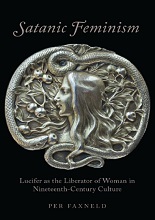
برای دانلود این کتاب، ابتدا باید عضو سایت بشوید.
پس از عضویت، لینک دانلود این کتاب و همهی کتابهای سایت برای شما فعال میشوند.
(قبلا عضو شدهاید؟ وارد شوید)






